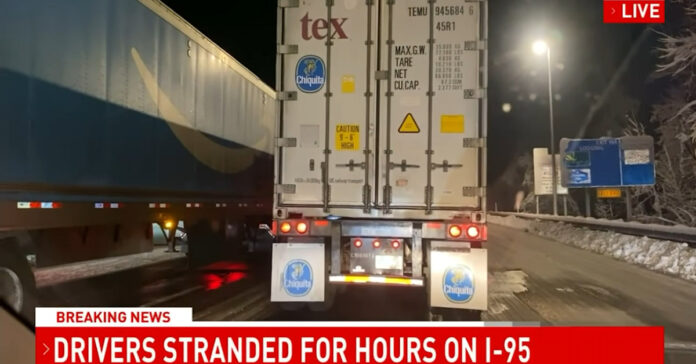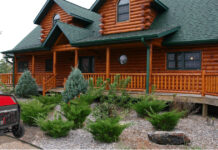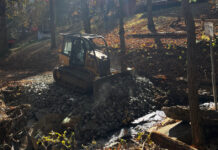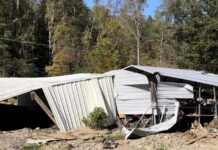Thousands of drivers were stranded overnight on I-95 in Virginia, with many stuck for 15 or 20 hours, because a storm dumped snow on the road and caused trucks to jackknife and in some cases topple over. This made it impossible for snow plows to get through and difficult for rescue crews and emergency works to clear multiple wrecks. Drivers who could get off on exists often found the roads unplowed.
Sections of the road between Richmond and Washington were closed for up to 30 hours. During that time, people trapped in their cars had to deal with freezing temperatures, no food and no water.
This raises two obvious questions:
First, why did people go on long road trips when there was a storm coming. The same bad weather hit us, but we knew it was coming. In fact, forecasts had been predicting both snow and the sudden drop to freezing temperatures for at least four days. As a result, I was inside warm and well fed by the wood stove while thousands of people spent the night and much of the next day hungry and uncomfortable in their cars.
Second, why don’t you have an emergency kit in your car? This should be standard practice, especially in the winter.
My Survival Kit
My truck usually has five or six water bottles in it, more if we are going on a lengthy trip. For situations like this, my vehicle survival kit includes hard candy, MREs, pouches of oatmeal and food bars. I think it even has Cup O’ Soup packages. It also has an emergency stove and a metal canteen cup that can heat water or make oatmeal or soup. It also includes gloves, knit caps, a raincoat, a heavy sweatshirt, a wool blanket, and one of those heavy duty (not mylar) emergency blankets.
On top of this, my every day carry bag would include Snicker’s bars, Power Bars, packets of cashews or peanuts, and four MRE entrées. If we were on a long trip, my wife would have packed road food, including plenty of snacks.
My kit also includes car-related items like jumper cables, tow straps, bungee cords, ratchet tie downs, duct tape, and a tire repair kit. And then we have people-repair items, meaning a good sized first aid kit with a compression bandage, a tourniquet, and a plenty of snivel items. This would also be enhanced by the items in my EDC bag.
And finally, it has a hatchet, knife, loaded Glock magazines, multiple boxes of ammo in calibers my wife or I am likely to be carrying, a headlamp, a tactical flashlight, and an 18650 battery charger that works off USB or 12-volt vehicle outlet.
Lessons Learned
It’s good to be prepared, but it’s even better to never find yourself in a situation where you need your preps. In other words, your car emergency kit is important, but you are better off staying home when bad weather hits.
These folks were stranded on an interstate, but it could also happen on a back road. Every year, we read about people who were found four or five days after getting stranded and unable to turn around or back out. Four wheel drive is great, but it just allows you to get stuck further off the beaten track. Unless you have a winch, chains or special tires, and lots of off-roading experience, four wheel drive is unlikely to save you.









I got stuck on I-10 last January when Texas really froze. We were there for 20 hours, and we saw dozens of women lose their dignity by having to poo ? in traffic! They all made some kind of barrier , but it was “life changing” embarrassing for some women.
We carry a 5 gallon bucket and a toilet seat set up in our truck when we are traveling. Some litter litter and bags are not glamorous it my wife is still thankful that she didn’t have to “make” in front of so many truckers. Hahaha
Years ago, stuck in traffic on the way to the beach, we saw a passenger climb into the back seat, open the door and piss out of it, all while the driver rolled along at 5 MPH. We laughed, but we’ve all rushed home time or two and headed straight to the can.
Comments are closed.